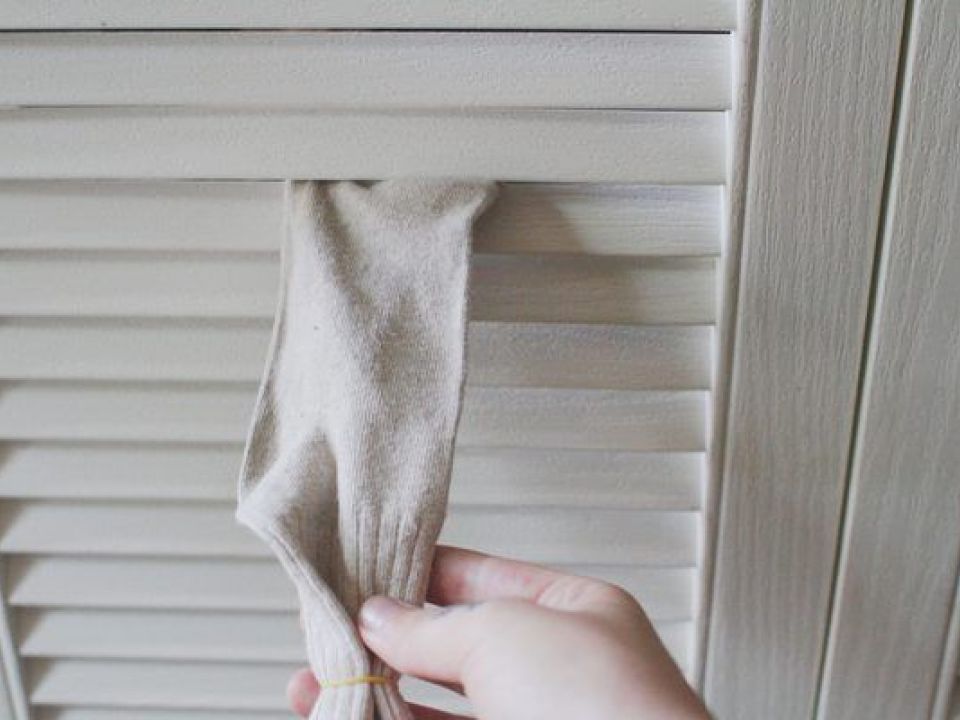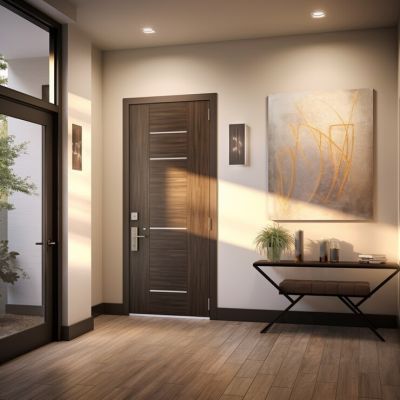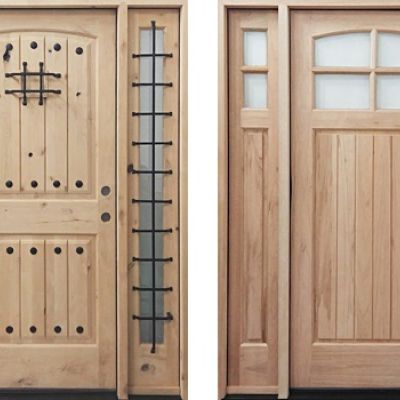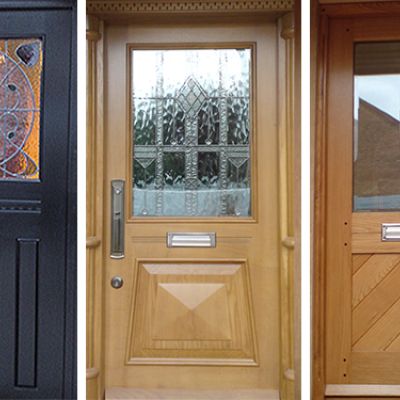How to Clean Louvered Wood Closet Doors

Louvered doors lend unmistakable charm to both period homes and contemporary interiors, their angled slats casting rhythmic shadows and allowing air to circulate while maintaining privacy. Yet this very design—the intricate array of horizontal blades—makes louvered panels a magnet for dust, dirt, and grime. Over time, accumulated debris not only dulls the door’s finish but can interfere with your HVAC system’s performance and exacerbate allergies for sensitive household members.
Rather than resigning yourself to the frustration of hard‑to‑reach crevices or replacing vintage louvers entirely, a targeted cleaning approach will revive their original lustre. With a handful of everyday supplies—a vacuum attachment for louvers, a microfibre cloth, gentle cleaning solution, and a flat implement—you can deep clean louvered doors in less time than you’d expect. This step‑by‑step guide shares budget‑friendly DIY door cleaning tips, explains how to clean louvered slats without damage, and introduces preventative maintenance strategies to keep your wooden louvre cleaning routine quick and effective.
The Importance of Regular Cleaning
Routine cleaning prevents dust buildup that can aggravate respiratory issues and impede air flow through slatted panels. Overlooked debris works its way into hinge cavities and reveals, leading to squeaks or sticking as wood expands and contracts. By dusting louvered doors weekly and performing a deeper clean periodically, you preserve the integrity of the finish, whether painted, stained, or natural hardwood, while avoiding costly repairs associated with neglected surface buildup. In heritage door care, maintaining a clean surface also protects against abrasive particles scratching delicate paints or finishes over time.
Tools & Supplies You’ll Need
Gather a mild wood cleaner or polish, a multi‑surface spray for metal hardware, and a glass cleaner if your doors include glazed louvers. Non‑abrasive cleaners protect painted or stained surfaces while tackling fingerprints, grease, and settled dust. For wiping, microfibre cleaning cloths and lint‑free rags work best; their fine fibres capture particles without leaving lint behind. A soft‑bristle paintbrush or old artist’s brush helps dislodge dust in tight corners.
You’ll also need a flat guiding implement—a clean ruler, putty knife, wooden paint stirrer, or butter knife with edges wrapped in cloth—to reach deep between slats. Secure cloth to the tool with rubber bands or a strip of masking tape. A vacuum cleaner fitted with a crevice attachment removes loosened dust efficiently. Finally, keep gloves handy to protect your skin from cleaners, and a bucket of warm water on standby for additional rinsing.
Step-by-Step Cleaning Guide
Initial Dust Removal
Begin by fitting your vacuum cleaner with a narrow crevice attachment designed for louvers. Hold the nozzle close to each slat edge and gently run the vacuum head along the row, sucking out loose dust and hair. If you lack a vacuum, use a soft paintbrush to flick surface debris toward the floor, then sweep or vacuum it up.
Prepare Your Cloth & Implement
Dampen a microfibre cloth with your chosen cleaning solution—avoid soaking it to prevent drips. Wrap the cloth around your guiding implement so that it covers both the top and bottom edges of the blades. Fasten it securely with rubber bands or tape. This improvised tool ensures you reach deep between louvered slats without straining your fingers.
Cleaning the Louvers
Starting at the top of the door, press the cloth‑wrapped tool against the top edge of the first slat, pulling it down to contact the bottom edge. Apply gentle, even pressure as you slide the tool along the length of the door. Work methodically across each slat, moving from left to right and progressing row by row. Replace the cloth when it appears grimy to avoid smearing dirt back onto clean louvers. This deep clean louvered panels routine removes ground‑in contaminants and oil residue that simple dusting can’t address.
Tackling Corners & Crevices
After cleaning the main slat surfaces, switch to a soft‑bristle paintbrush to access corners where the slat meets the door frame. Fan out the bristles and flick them back and forth to dislodge trapped dust. For stubborn particles, hold the brush at an angle to pry debris free before vacuuming again with the crevice tool. This step ensures no hidden dirt remains lodged in narrow channels.
Wiping the Door Frame & Panels
Once the louvers are clear, take a fresh damp microfibre cloth and wipe down the door’s face, edges, and stiles. Pay attention to areas around hinges, knobs, and tracks where dust can accumulate. A light mist of multi‑surface spray can help dissolve greasy smudges on hardware. Wipe away any excess cleaner to prevent streaks.
Drying & Buffing
Immediately follow with a clean, dry cloth to absorb remaining moisture. Lightly buff the louvers and frame in smooth strokes to restore a streak‑free shine and remove any lingering dust. This final pass reveals the restored beauty of your wooden louvered doors.
Preventative Maintenance Tips
To minimise deep cleaning frequency, dust louvered doors weekly using a soft brush or vacuum crevice tool. An anti‑static cloth treated with a dust‑repellent spray can slow the rate at which particles settle. In heritage properties, balancing indoor humidity—ideally between 40% and 60%—prevents slats from warping or cracking as wood expands and contracts. Schedule your louvers’ cleaning alongside HVAC maintenance to trap dust before it circulates. Finally, avoid harsh chemicals or abrasive scrubbing that can strip finishes and leave surfaces vulnerable to moisture damage.
Adding Protective Finishes
After deep cleaning, consider applying a thin coat of clear wood wax or a beeswax‑based polish to wooden louvers. These natural finishes impart water resistance and help repel future dust, making regular upkeep faster. For painted louvered doors, opt for a gentle spray‑on clear coat rated for interior trims; test in an inconspicuous spot first to ensure compatibility. Allow any protective finish to cure fully—typically 24 hours—before performing further maintenance. A well‑sealed surface offers long‑term defence against dirt accumulation and supports balanced wood movement in period home upkeep.
How Old English Doors Can Help
Old English Doors specialises in heritage-accurate louvered door solutions, offering a suite of services to streamline your door care and cleaning routine:
- Pre-Sealed Louvered Door Systems: We supply bespoke wooden louvre doors factory-sealed with premium finishes that resist dust adhesion and simplify microfibre cloth cleaning.
- Heritage Maintenance Guidance: Our experts provide DIY door cleaning tips tailored to period interiors, recommending non-abrasive cleaners and preventative maintenance plans to extend door life.
- Gentle Restoration Services: From re-finishing weathered slats to replacing damaged louvers, our craftsmen restore working order while preserving the original character of your doors.
By partnering with Old English Doors, you benefit from conservation-grade materials, specialist cleaning advice, and restoration care that ensures your louvered doors remain as fresh and functional as the day they were installed.
Conclusion
Cleaning louvered doors may seem daunting, but armed with the right tools and a systematic method, even the dustiest louvers can regain their elegance. An initial dust removal with a vacuum crevice attachment followed by targeted microfibre cloth cleaning, corner brushing, and final buffing outlines a deep-clean louvered panels regimen that is both efficient and budget-friendly. Regular maintenance—weekly dusting, humidity control, and occasional protective finishes—prevents buildup and preserves your investment in heritage or modern cabinetry. Embrace this guide to save time, avoid costly repairs, and enjoy the fresh appearance of your louvered doors for years to come.
Aim for a thorough cleaning every three to six months, with weekly dusting using a soft brush or vacuum attachment for louvers to keep dirt from building up.
Diluted vinegar (one part vinegar to three parts water) can work on painted or stained wood, but test a small hidden area first to ensure it won’t dull the finish.
For painted doors, use a gentle multi-surface spray on a damp cloth; for stained or natural wood, opt for a mild wood cleaner or polish applied sparingly to maintain the grain.
No, if you use non-abrasive cleaners, keep cloths only damp, and avoid harsh scrubbing. Proper technique preserves both finish and slat alignment over the long term.


